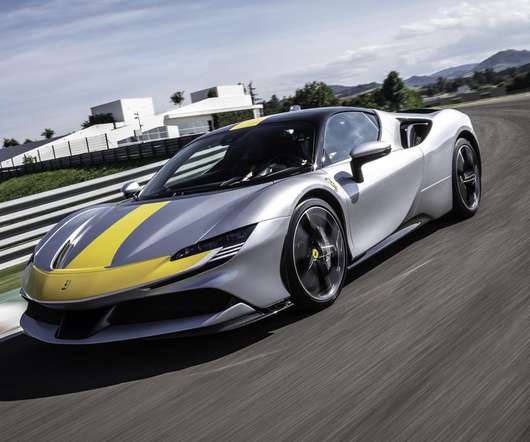TDK and Toshiba establish JV for automotive inverters for HEVs, PHEVs, EVs
Green Car Congress
SEPTEMBER 3, 2016
Many countries propose to impose more stringent regulation of automobile exhaust emissions in 2020 and after, in an effort to prevent air pollution and global warming. TDK offers a lineup of products, such as DC-DC converters, on board chargers and wireless power transfer systems that are currently being developed.





















Let's personalize your content